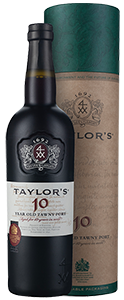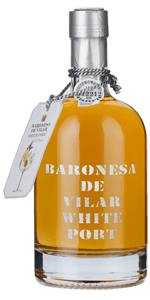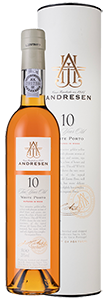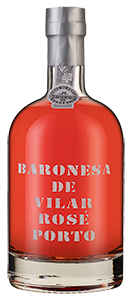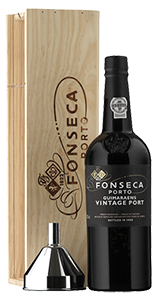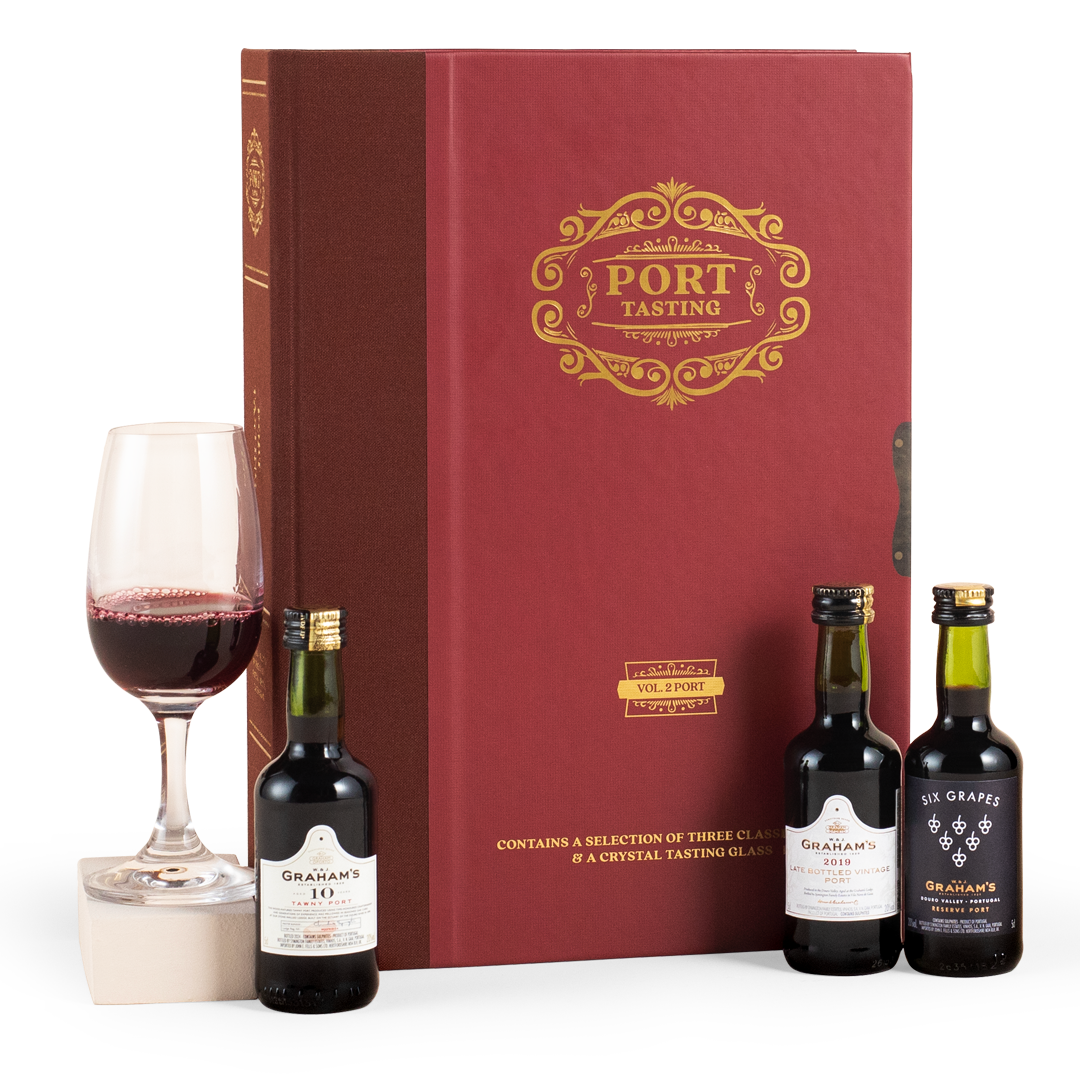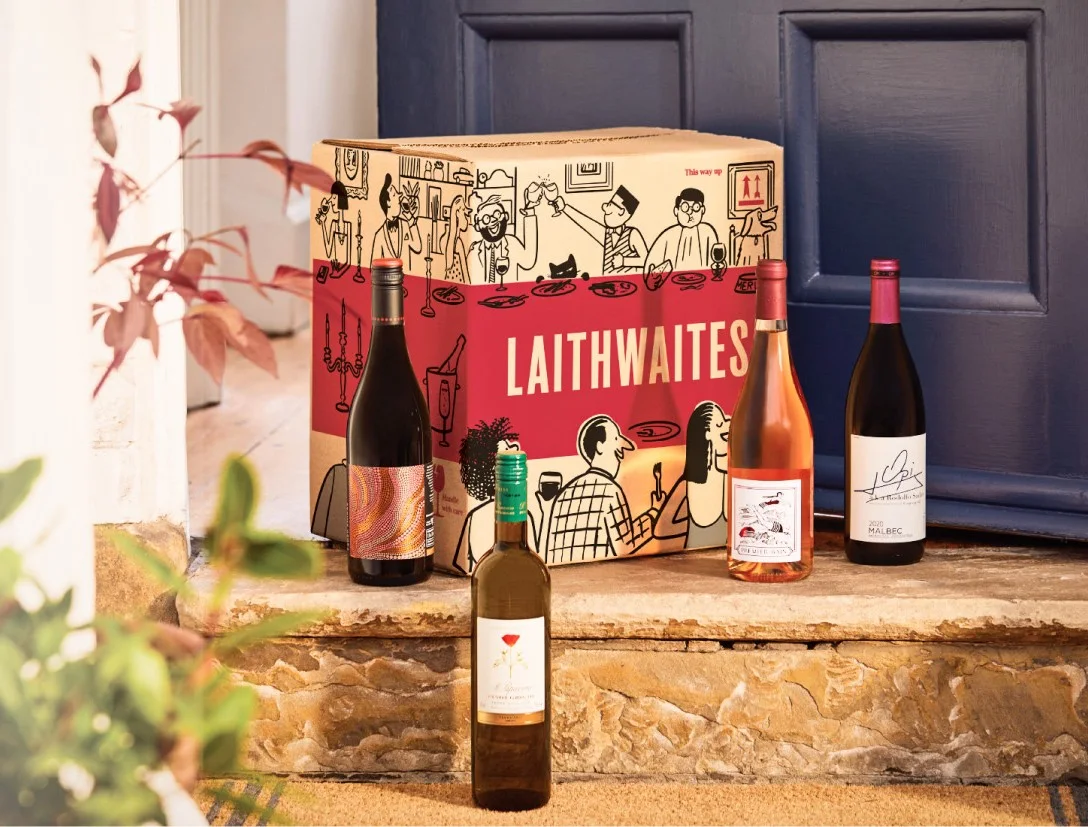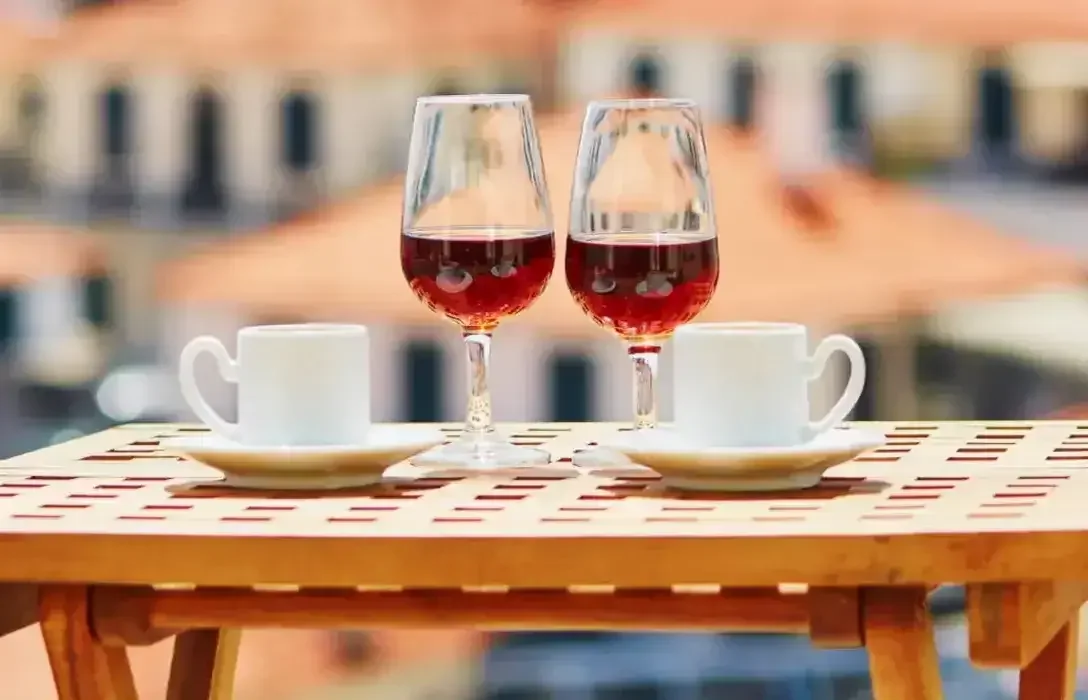Filter by
- Ready to sip and savour ruby port from one of the last truly family owned shippers£13.99 per bottleSAVE £5.00
- £14.99 per bottleSAVE £7.01
- Rich, luscious Late Bottled Vintage Port from a long-established, family-run port house£17.99 per bottleSAVE £2.00
- Gloriously sweet, Pedro Ximénez sherry, from sundried grapes. A fine, rare Gonzalez Byass sherry£12.99 per bottleSAVE £1.00
- Ready for drinking, it boasts lavish velvety flavours of deep cherry, plum and chocolatey spice£18.99 per bottle
- Taylor’s superb 10-year-old Tawny port, with all its layers of mellow fruit and toasty complexity£25.00 per bottleSAVE £5.00
- White port given a modern makeover by a top Douro family. A perfect base for a sundown cocktail£9.99 per bottleSAVE £3.00
- Unique and delicious! Hand-harvested, carefully aged discovery – the first of its kind from Andresen£16.99 per bottleSAVE £2.00
- A very fragrant, pretty style of port, full of summer berries. Chilled in summer, a real delight£9.99 per bottleSAVE £3.00
- No longer just the preserve of grannies, Barbadillo cream sherry is rich, complex and long£12.99 per bottle
- A lively Manzanilla from the highly respected Bodegas Hidalgo. Apple, lemon and light floral notes£8.99 per bottle
- Magnificent Amontillado – a luscious, rich and complex sherry from the great Gonzalez Byass£16.99 per bottle
- Gloriously rich, complex, long and nutty Palo Cortado from Gonzalez Byass, aged 12 years in solera£20.00 per bottle
- Elegant, beautifully presented 2012 Vintage port – rich, powerful and polished£33.00 per bottleSAVE £5.00
- Super quality, rich, nutty, long-flavoured medium Amontillado sherry from a Trophy-winning bodega£11.99 per bottle
- A deliciously dry fino sherry from one of the most respected, family-owned sherry producers in Spain£11.99 per bottle
- Rich, honeyed raisin and nutty sweetness in this luscious 10-year-old Malvasia madeira£24.99 per bottle
- Rich, long and complex Oloroso sherry with nutty, raisiny flavour – a glass to savour£17.99 per bottle
- A standout Fino – a crisp, complex sherry with yeasty, nutty notes, from the great Gonzalez Byass£15.99 per bottleSAVE £1.00
- A rich, dark, Oloroso from the great Gonzalez Byass. Aged for 8 years for long nutty complexity£16.99 per bottle
- Wonderfully mellow Tawny port from the impressive Taylor estate, with the Averys stamp of approval£18.99 per bottle
- £25.00 per bottleSAVE £5.00
- Top-quality Vintage port from Fonseca – a gorgeously dense, exuberant 2000 with 95 points to its nam£90.00 per bottle
- The tastiest introduction to the world of Port, courtesy of the famous Graham’s Port house£25.00







